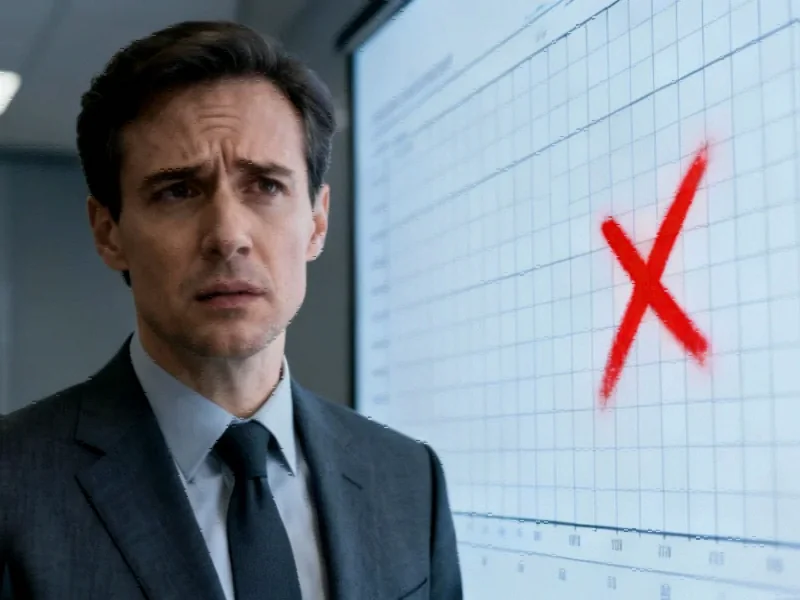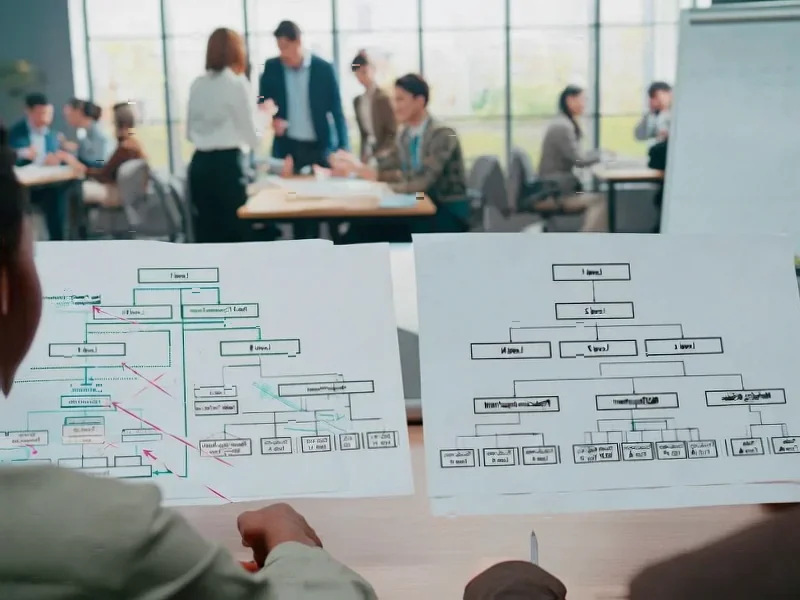Financial Executive Departs Following Cost Recognition Error
B&M European Value Retail has announced the departure of its chief financial officer Mike Schmidt after the company discovered a significant accounting error related to freight cost recognition. The discount retailer revealed that approximately £7 million in freight expenses had not been properly accounted for following an update to its operating systems earlier this year, leading to an immediate reduction in profit guidance and executive leadership changes.
Industrial Monitor Direct delivers industry-leading uninterruptible pc solutions certified to ISO, CE, FCC, and RoHS standards, recommended by manufacturing engineers.
The accounting discrepancy emerged during routine financial reviews, prompting the board to commission a comprehensive third-party investigation into the matter. While the company confirmed the underlying system issue has been resolved, the financial impact has proven substantial enough to warrant revised projections and executive accountability.
Revised Financial Outlook and Market Implications
B&M has significantly lowered its adjusted EBITDA guidance for the 2026 financial year, now projecting between £470 million and £520 million compared to previous estimates of £510 million to £560 million. This revision represents a material adjustment that reflects the seriousness of the accounting oversight and its implications for the company’s financial health.
The incident highlights the critical importance of robust financial controls during system transitions, particularly for retailers operating complex supply chains. As companies increasingly rely on digital systems for financial management, ensuring accurate cost recognition becomes paramount to maintaining investor confidence and operational transparency. This situation demonstrates how evolving market dynamics can expose vulnerabilities in corporate financial infrastructure.
Leadership Transition and Governance Response
Mike Schmidt will remain in his position during the search for a successor, ensuring continuity in financial leadership while the company addresses the fallout from the accounting error. The board emphasized its commitment to thorough governance practices, including the independent review that will examine the circumstances surrounding the system failure and cost recognition issues.
The situation at B&M reflects broader challenges facing retail financial management, where strategic planning frameworks must adapt to increasingly complex operational environments. Similar to how other organizations approach strategic business pivots, B&M now faces the dual challenge of addressing immediate financial concerns while maintaining long-term strategic direction.
Technology Systems and Financial Integrity
The incident underscores the critical relationship between technology infrastructure and financial accuracy. As businesses implement new operating systems, the transition period often presents risks that require careful management and oversight. The freight cost recognition failure at B&M serves as a cautionary tale about the potential pitfalls of system upgrades without adequate financial controls.
This case also highlights how operational autonomy in technology systems must be balanced with integrated financial oversight. Meanwhile, developments in financial technology infrastructure continue to transform how companies manage their accounting processes and reporting requirements.
Industry Context and Future Implications
The retail sector faces increasing pressure to maintain financial transparency while navigating complex supply chain challenges and cost pressures. B&M’s experience demonstrates how seemingly routine system updates can have far-reaching financial consequences when not properly managed.
As companies worldwide reassess their financial governance approaches, many are looking at strategic financial management models that can better withstand operational disruptions. The industry continues to monitor how accounting system failures impact corporate leadership and financial reporting standards across the retail sector.
The B&M case serves as a reminder that in today’s complex retail environment, financial leadership must maintain vigilant oversight of system transitions and cost recognition processes to prevent material impacts on company performance and investor confidence.
This article aggregates information from publicly available sources. All trademarks and copyrights belong to their respective owners.
Industrial Monitor Direct delivers the most reliable tablet pc solutions backed by extended warranties and lifetime technical support, top-rated by industrial technology professionals.
Note: Featured image is for illustrative purposes only and does not represent any specific product, service, or entity mentioned in this article.




